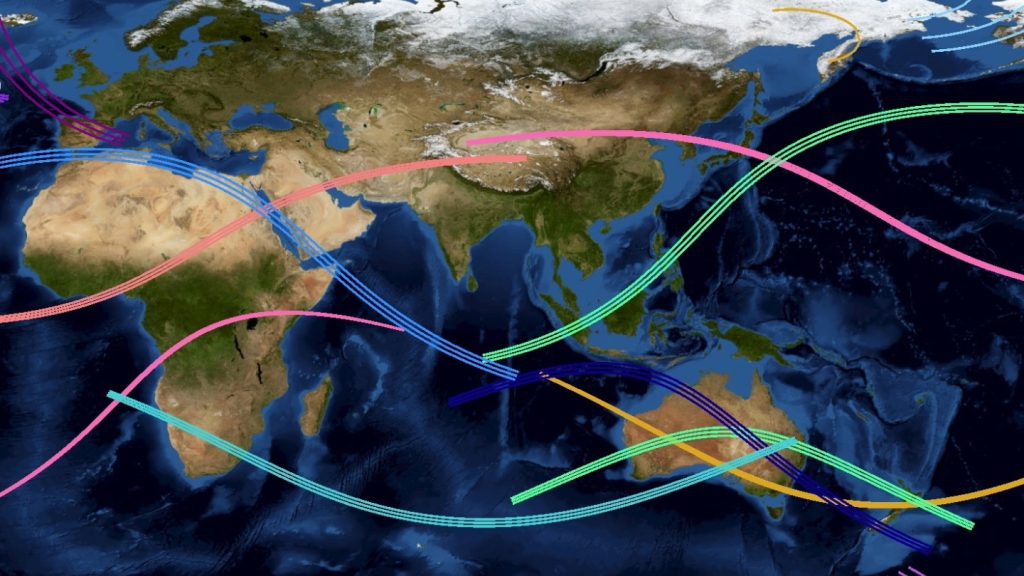It’s never too early to start considering the next solar eclipse.
On April 8, the shadow of the moon will move across North America, causing a total solar eclipse over the residences of over 30 million individuals (SN: 1/4/24). Even as the shadow leaves the continent in eastern Canada, preparations for the next total eclipse will begin. And the one following that. And the one after that.
This is because there is a pattern behind the mechanics that lead to any eclipse. The stunning celestial occurrence is guided by the continuous, repeating movements of the Earth and moon. This indicates that eclipses of all types — not just total solar ones — can be anticipated over millennia.
Because of this predictability, it is feasible to accurately map upcoming solar eclipses. To create this interactive map, Science News relied on NASA’s “Five millennium canon of solar eclipses” database, which provides a thorough record of every solar eclipse from 2000 B.C. to A.D. 3000.
This time period includes almost 12,000 solar eclipses, about 3,200 of which are total eclipses. Showing all of them would be excessive. Instead, we feature the paths of the next 15 total solar eclipses, from 2024 to 2044.
In the map, the route for nearly every eclipse (identified by color) is marked with three lines: the northern- and southernmost limits of the area where a total eclipse will be visible and the centerline of that area. On that line, the total eclipse lasts longer compared to near the edges. Individuals in a broad region on either side of each outer area will be able to observe a partial eclipse.
Selecting a route will provide certain details about the eclipse: The date, the time (in Universal Time) when the sun will be eclipsed the longest, the duration of that maximum phase, and the width of the eclipse's path. Entering a city, landmark, or address into the map’s search bar will zoom in on that location, allowing you to see if any eclipses are scheduled to visit any of your favorite places.
For this year’s eclipse, selecting any of the white flags along the route will disclose the exact time (also in Universal Time) and duration of totality at that specific spot.
There is one eclipse here that is somewhat unusual. This one will travel through eastern Siberia on April 9, 2043. On the map, only one line is visible — the southernmost limit of totality — because the centerline does not intersect with Earth’s surface. In this “noncentral eclipse,” the centerline and the entire northern half of the shadow will bypass Earth completely, projected into the depths of space.
Diehard eclipse enthusiasts, desiring to witness every possible type, might want to plan for that one. The next noncentral total eclipse will not occur until 2459.



